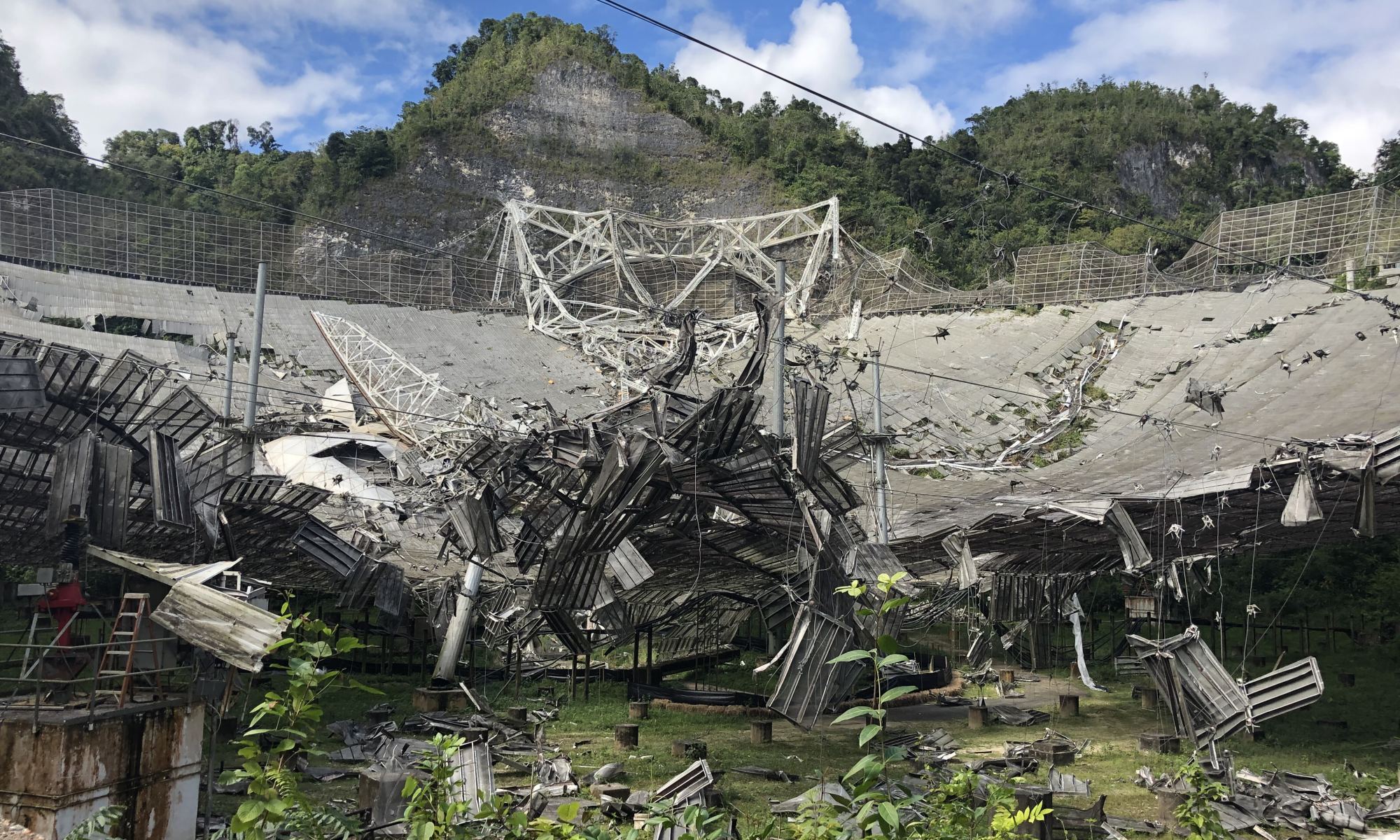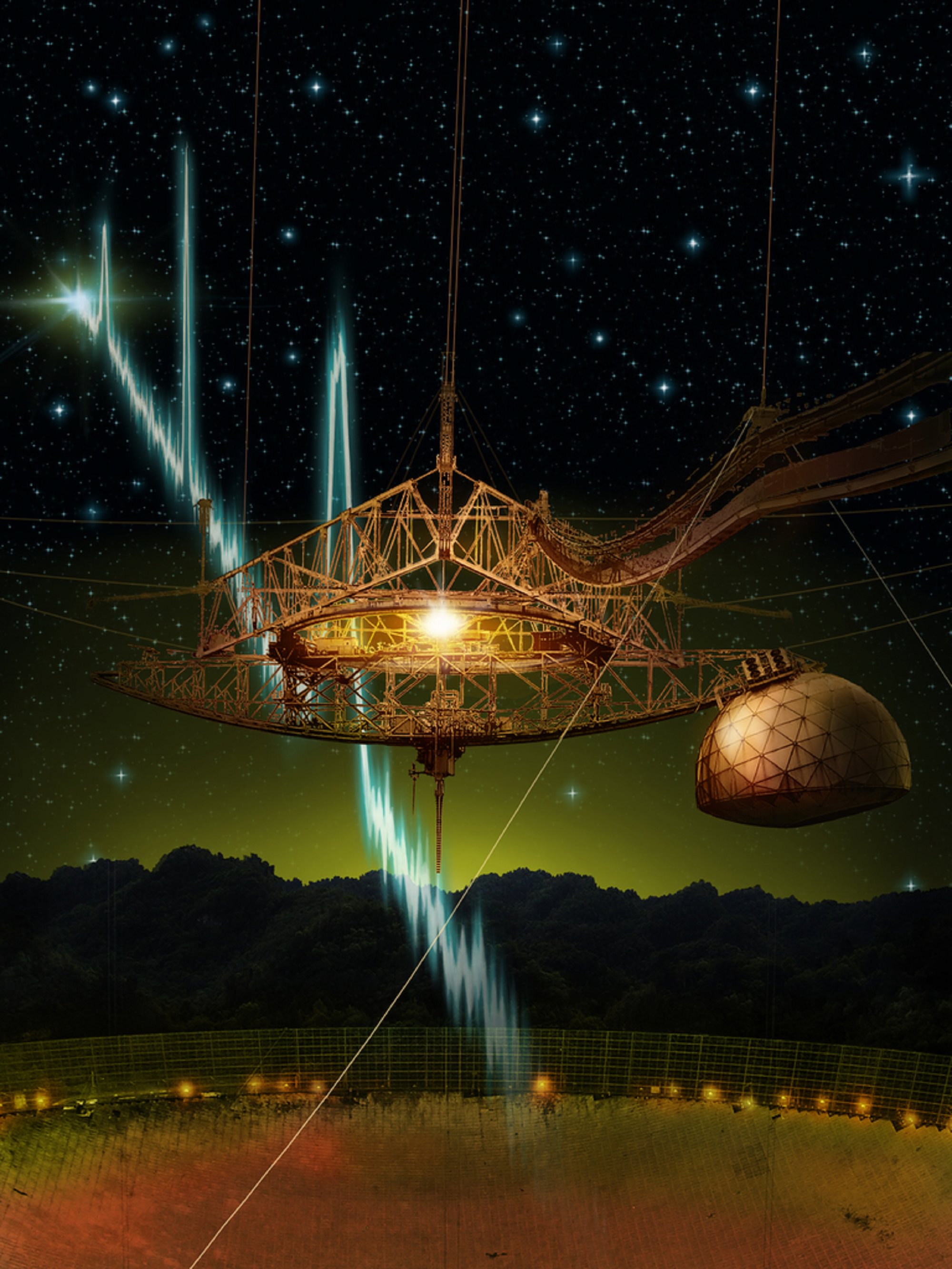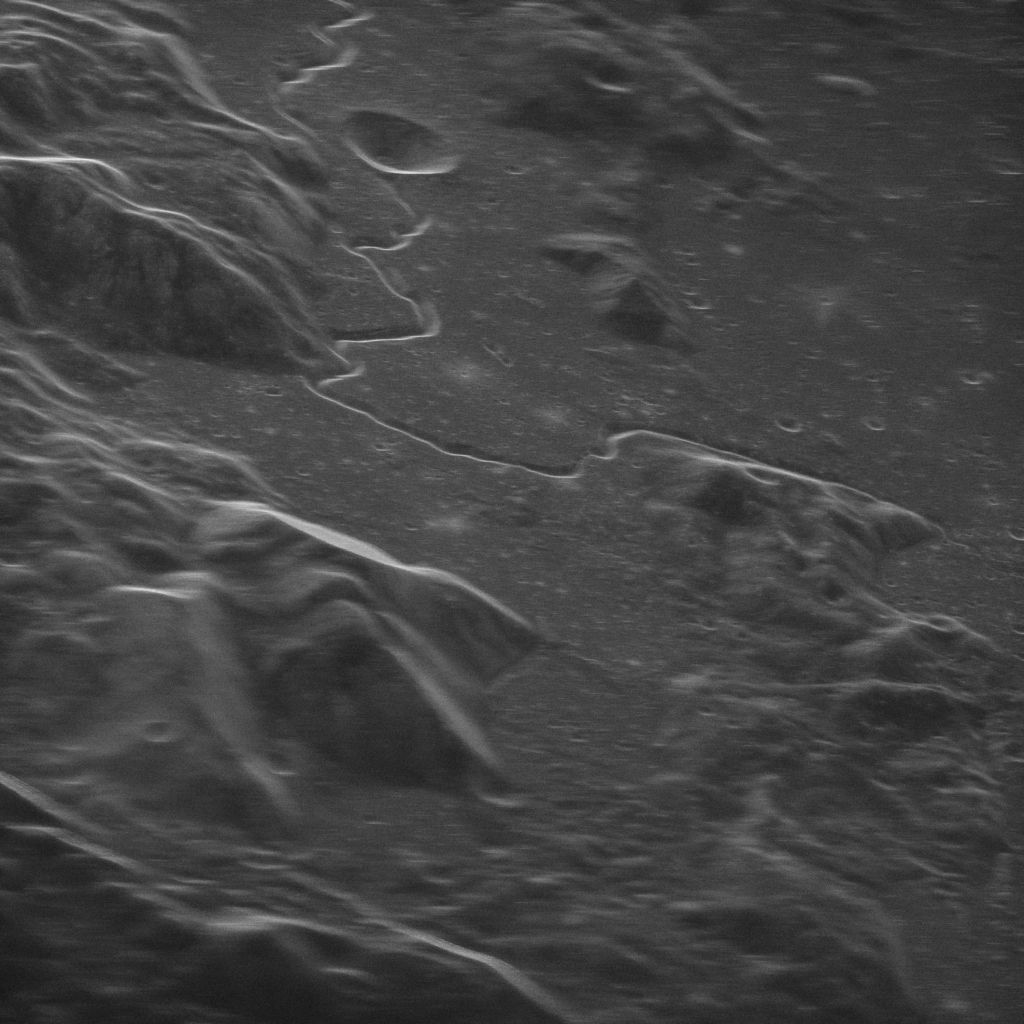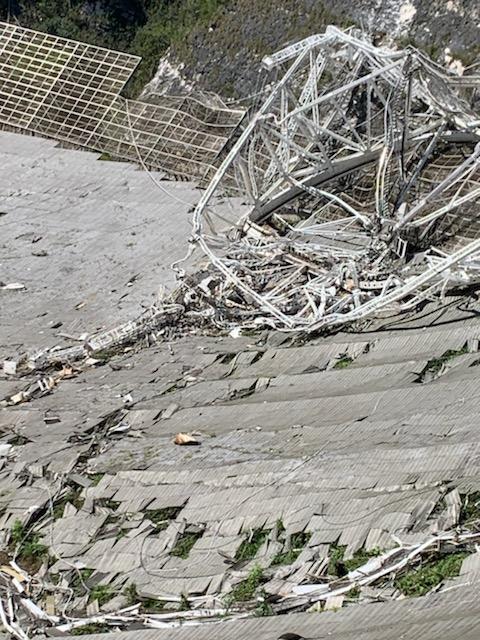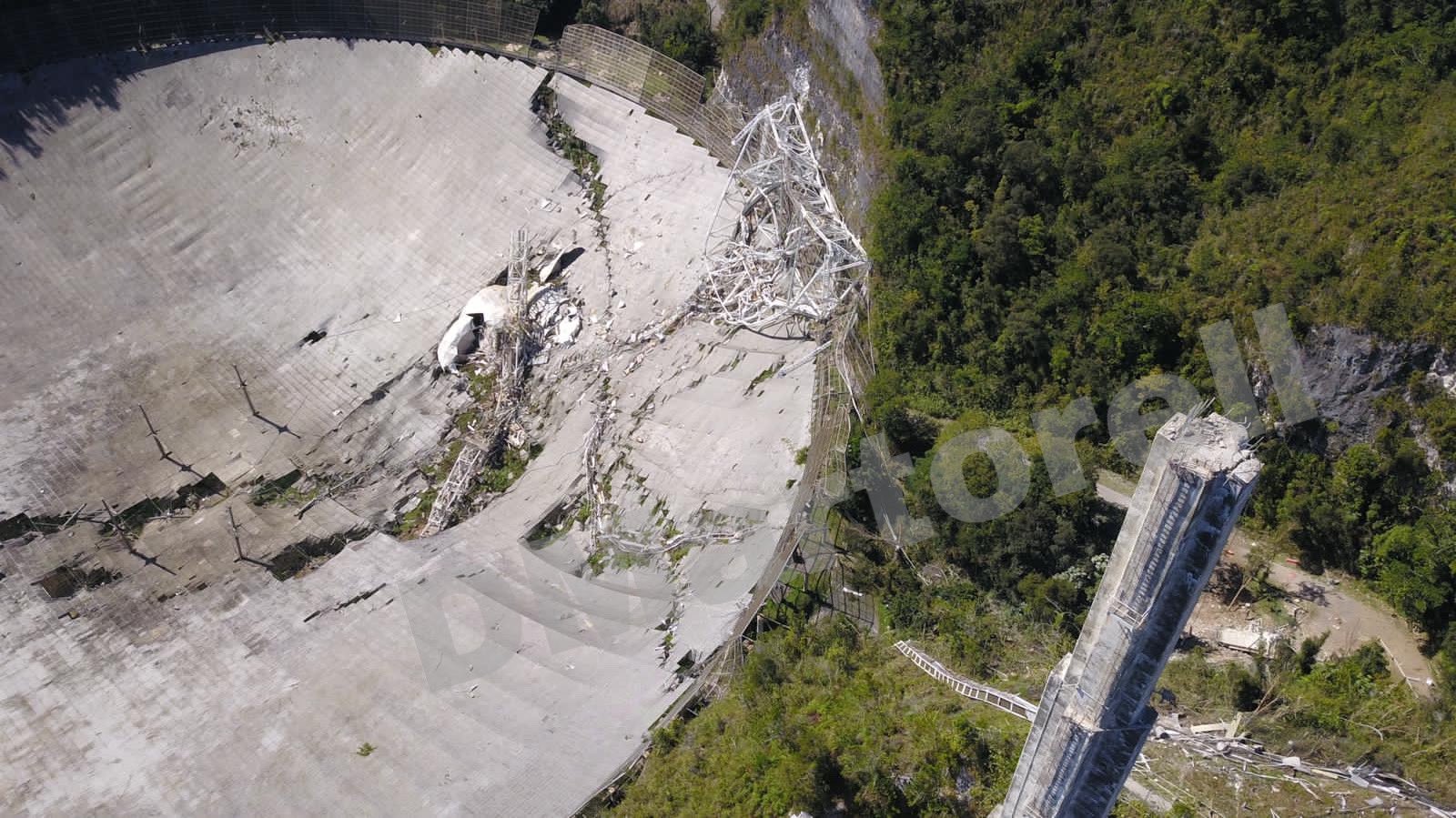Universe Today has investigated the significance of studying impact craters, planetary surfaces, exoplanets, astrobiology, solar physics, comets, planetary atmospheres, planetary geophysics, cosmochemistry, and meteorites, and how these scientific fields contribute to researchers and the public gain greater insight into our place in the universe and finding life beyond Earth. Here, will discuss the field of radio astronomy with Dr. Wael Farah, who is a research scientist at the SETI Institute, about how radio astronomy teaches us about the myriad of celestial objects that populate our universe, along with the benefits and challenges, finding life beyond Earth, and how upcoming students can pursue studying radio astronomy. But what is radio astronomy and why is it so important to study?
Continue reading “Radio Astronomy: Why study it? What can it teach us about finding life beyond Earth?”Radio Astronomy: Why study it? What can it teach us about finding life beyond Earth?


